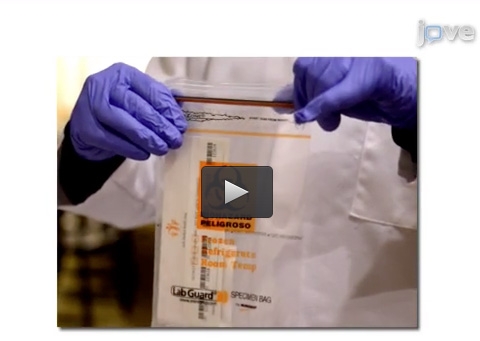.
. SLEEP. 2013;36 (11) :1747-1755.
Objectives: We validated actigraphy for detecting sleep and wakefulness versus polysomnography (PSG).
Design: Actigraphy and polysomnography were simultaneously collected during sleep laboratory admissions. All studies involved 8.5 h time in bed, except for sleep restriction studies. Epochs (30-sec; n = 232,849) were characterized for sensitivity (actigraphy = sleep when PSG = sleep), specificity (actigraphy = wake when PSG = wake), and accuracy (total proportion correct); the amount of wakefulness after sleep onset (WASO) was also assessed. A generalized estimating equation (GEE) model included age, gender, insomnia diagnosis, and daytime/nighttime sleep timing factors.
Setting: Controlled sleep laboratory conditions.
Participants: Young and older adults, healthy or chronic primary insomniac (PI) patients, and daytime sleep of 23 night-workers (n = 77, age 35.0 ± 12.5, 30F, mean nights = 3.2).
Interventions: N/A.
Measurements and Results: Overall, sensitivity (0.965) and accuracy (0.863) were high, whereas specificity (0.329) was low; each was only slightly modified by gender, insomnia, day/night sleep timing (magnitude of change < 0.04). Increasing age slightly reduced specificity. Mean WASO/night was 49.1 min by PSG compared to 36.8 min/night by actigraphy (β = 0.81; CI = 0.42, 1.21), unbiased when WASO < 30 min/night, and overestimated when WASO > 30 min/night.
Conclusions: This validation quantifies strengths and weaknesses of actigraphy as a tool measuring sleep in clinical and population studies. Overall, the participant-specific accuracy is relatively high, and for most participants, above 80%. We validate this finding across multiple nights and a variety of adults across much of the young to midlife years, in both men and women, in those with and without insomnia, and in 77 participants. We conclude that actigraphy is overall a useful and valid means for estimating total sleep time and wakefulness after sleep onset in field and workplace studies, with some limitations in specificity.
Citation: Marino M; Li Y; Rueschman MN; Winkelman JW; Ellenbogen JM; Solet JM; Dulin H; Berkman LF; Buxton OM. Measuring sleep: accuracy, sensitivity, and specificity of wrist actigraphy compared to polysomnography. SLEEP 2013;36(11):1747-1755.

